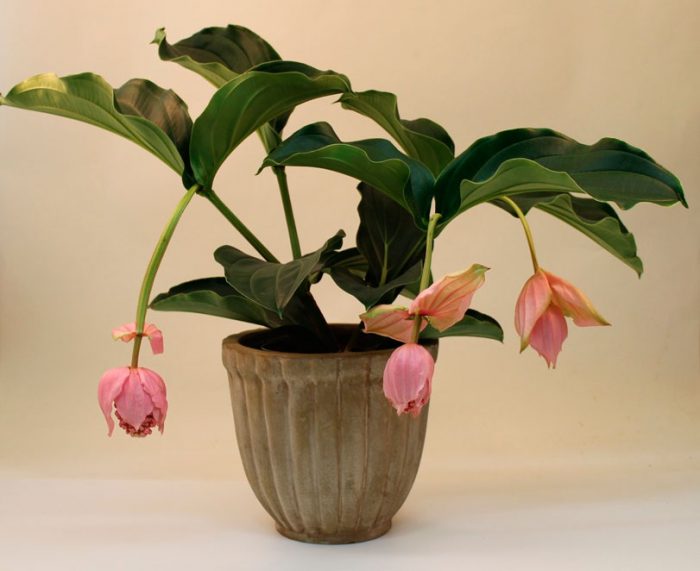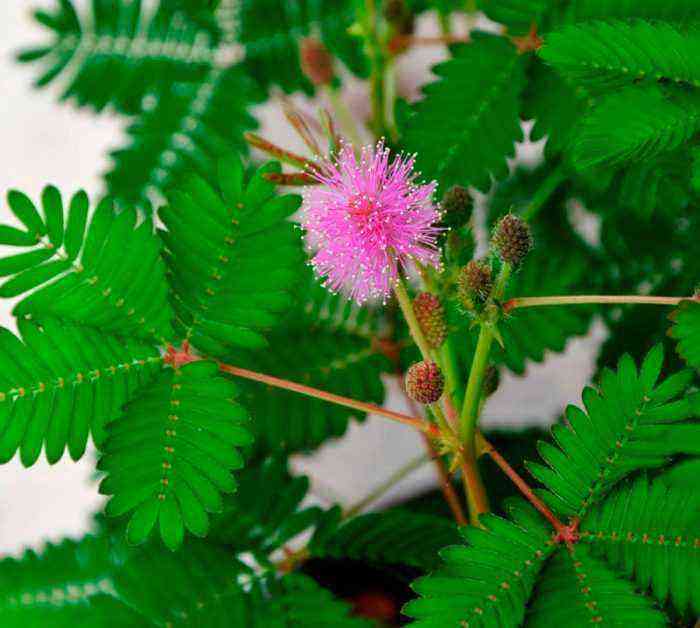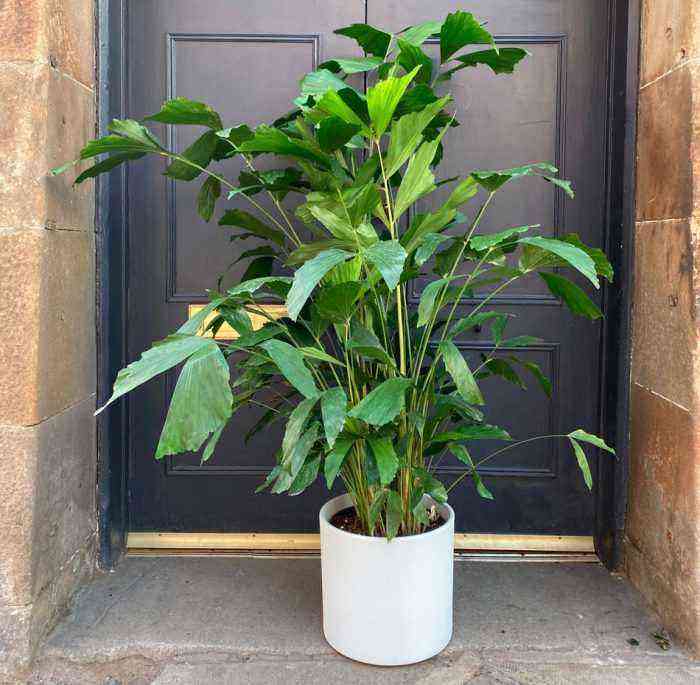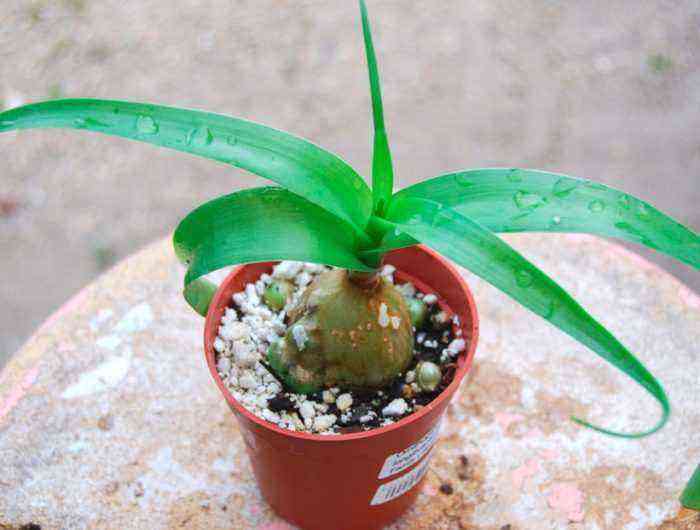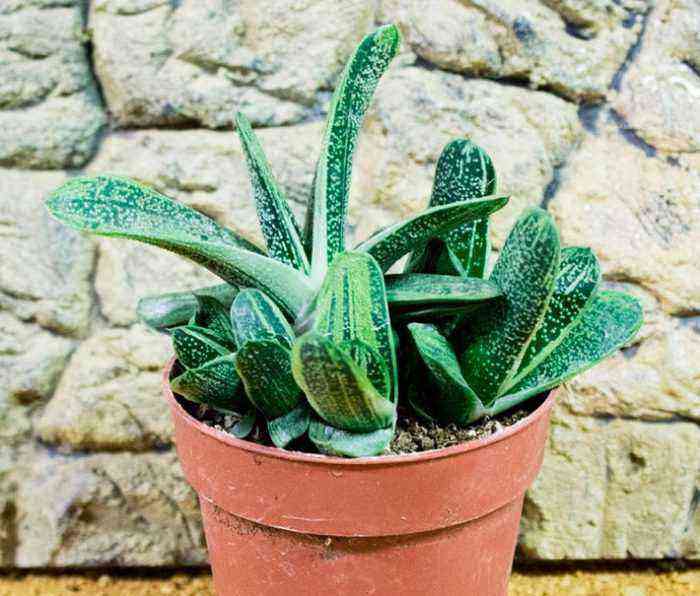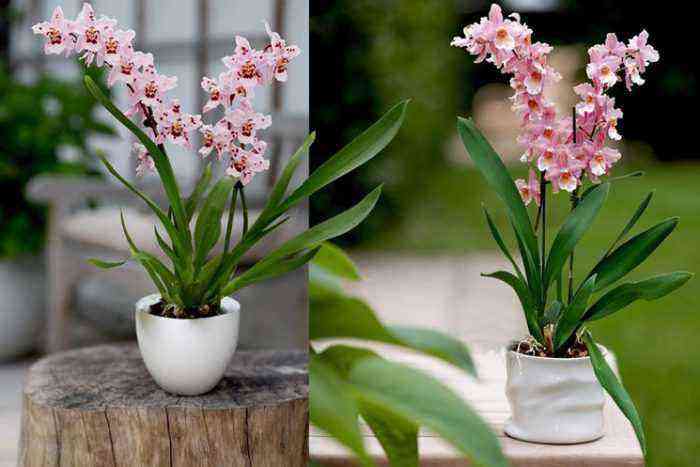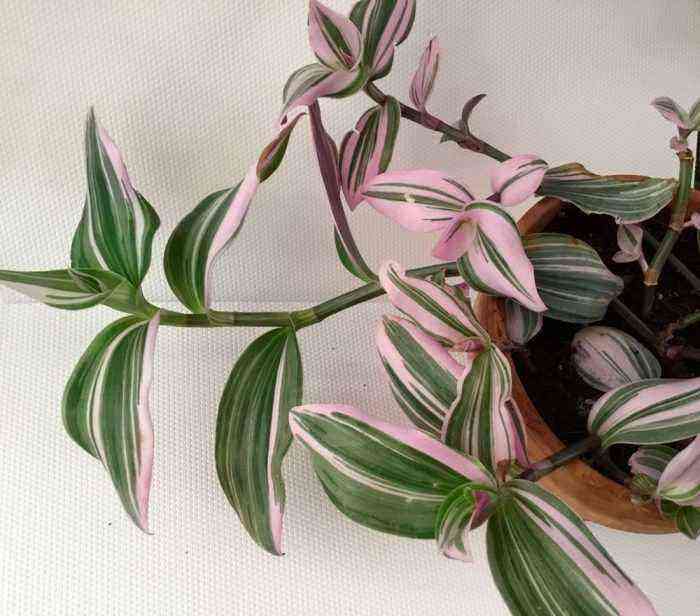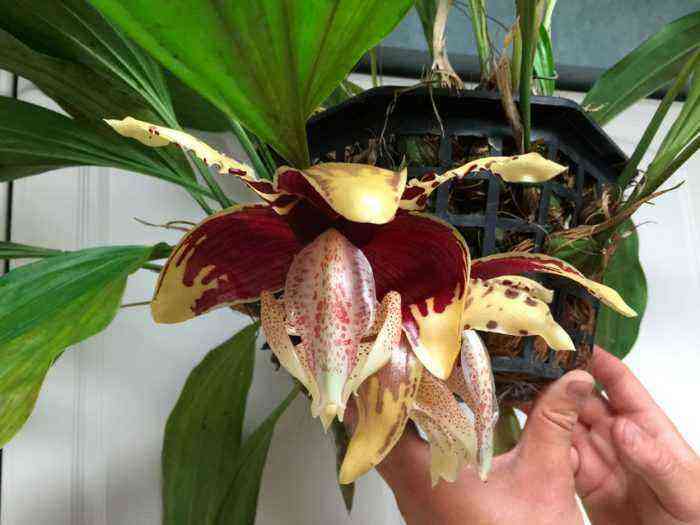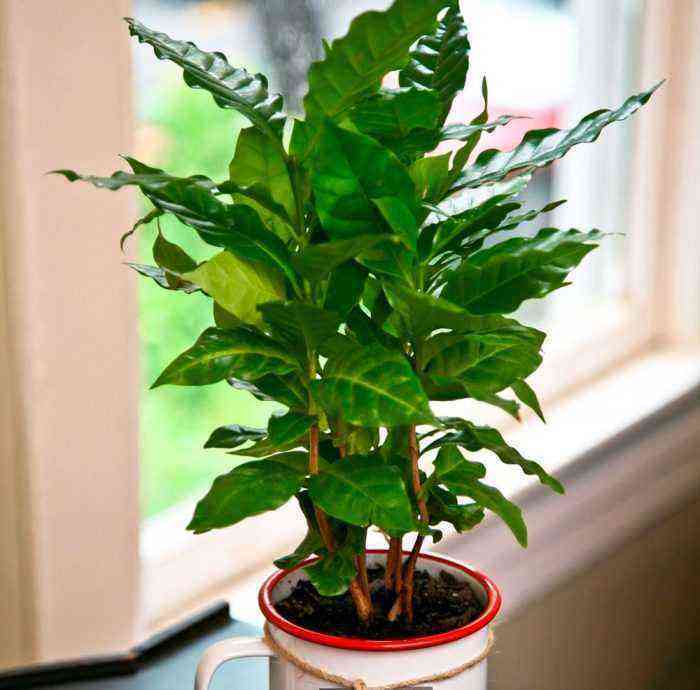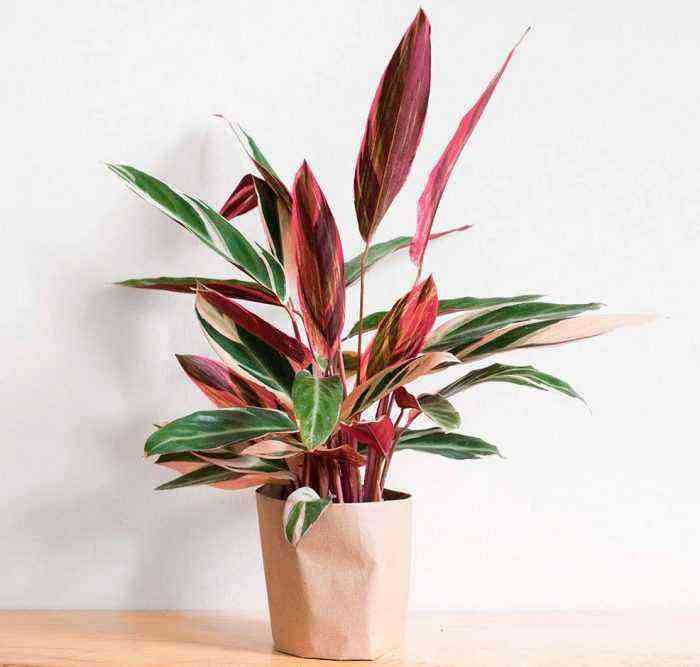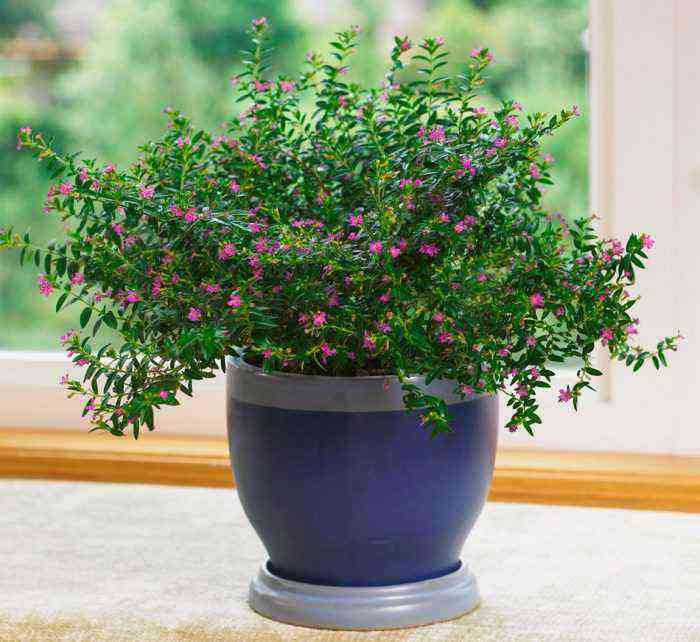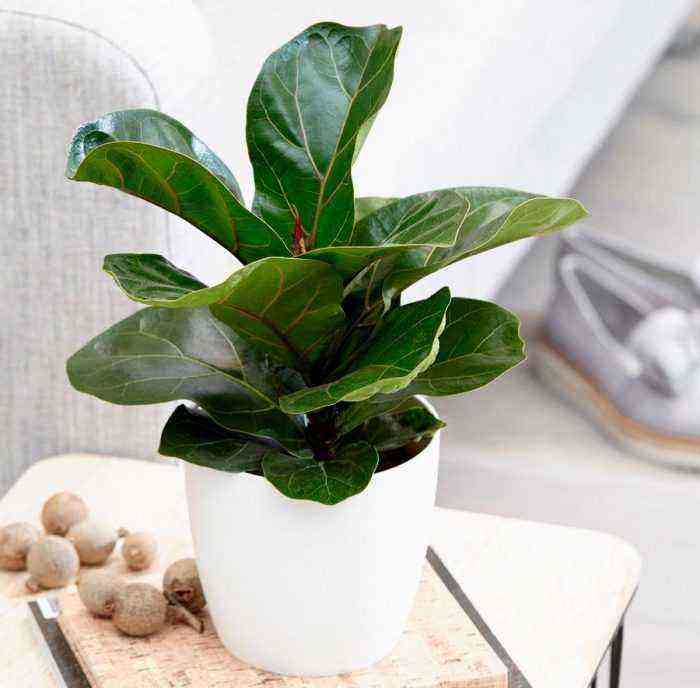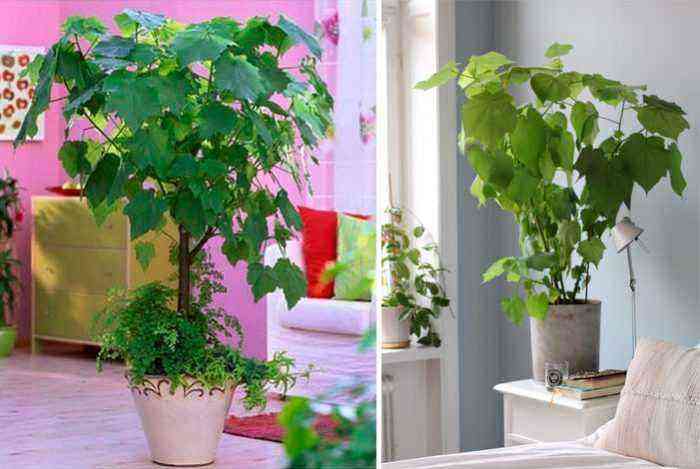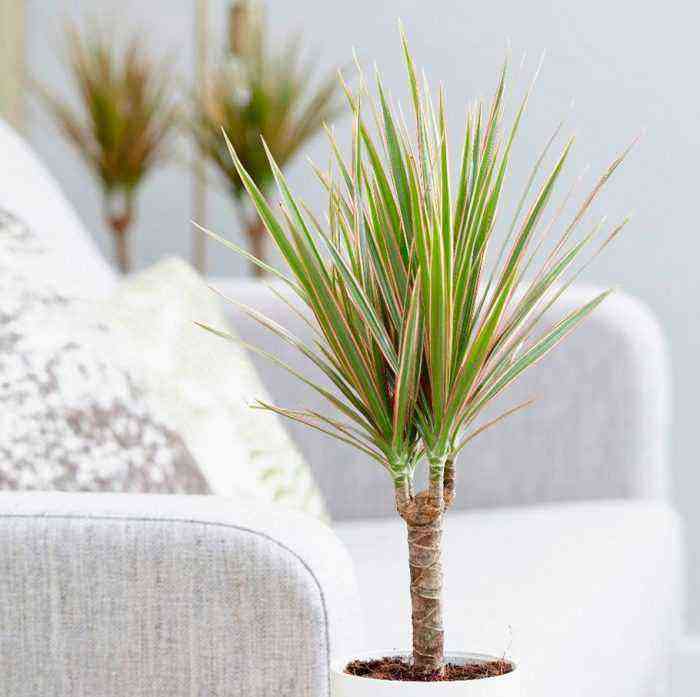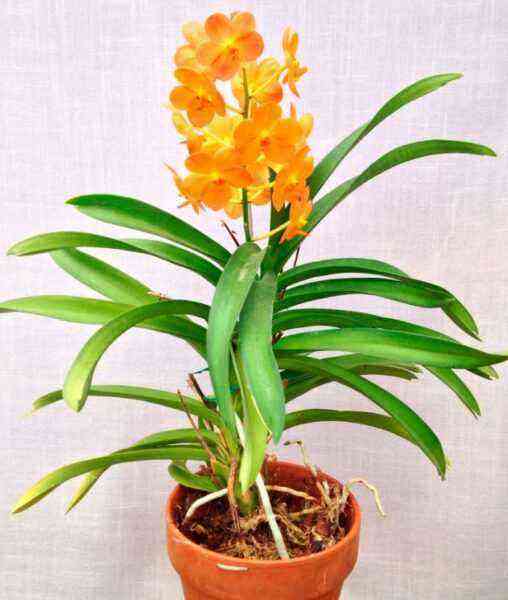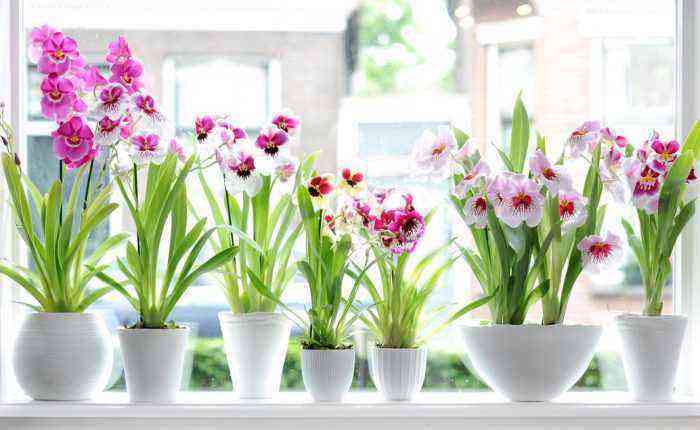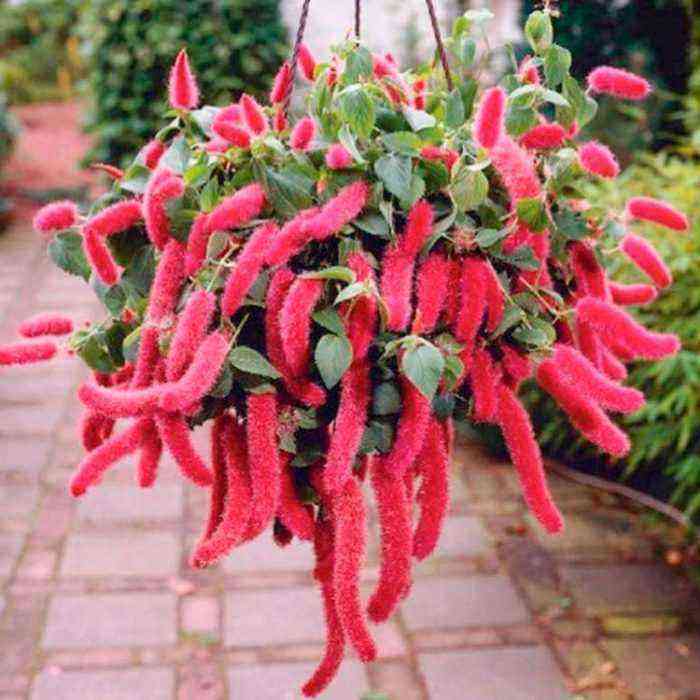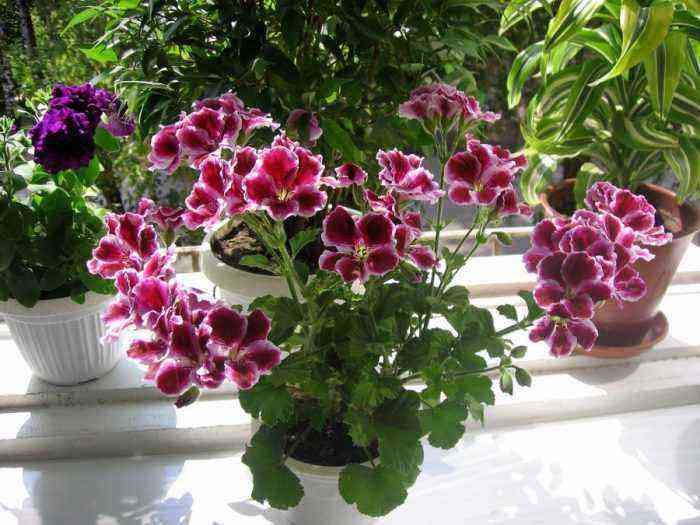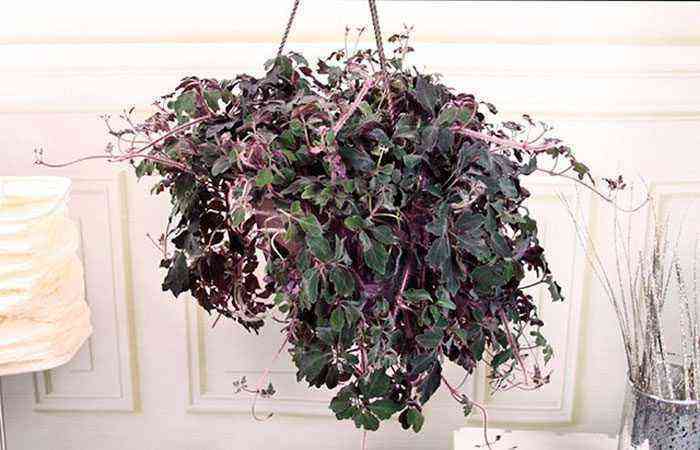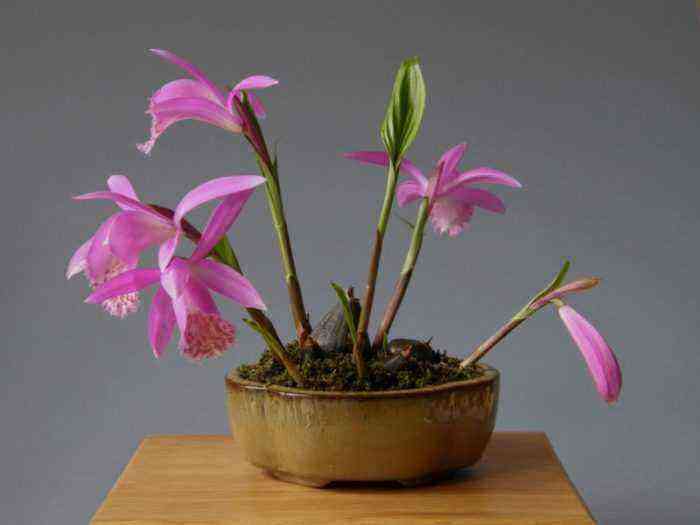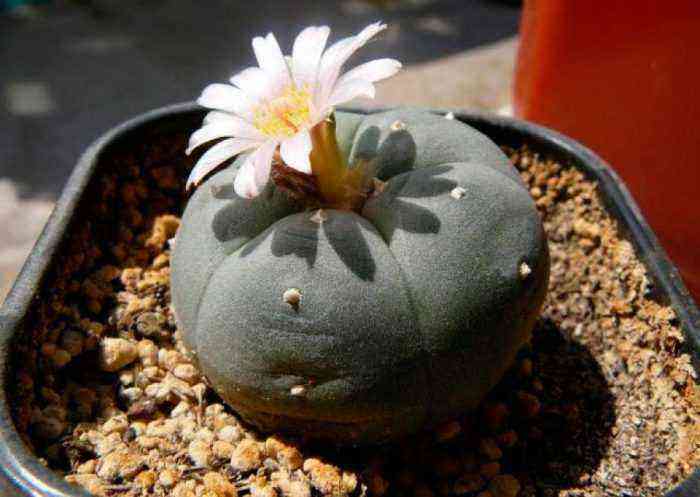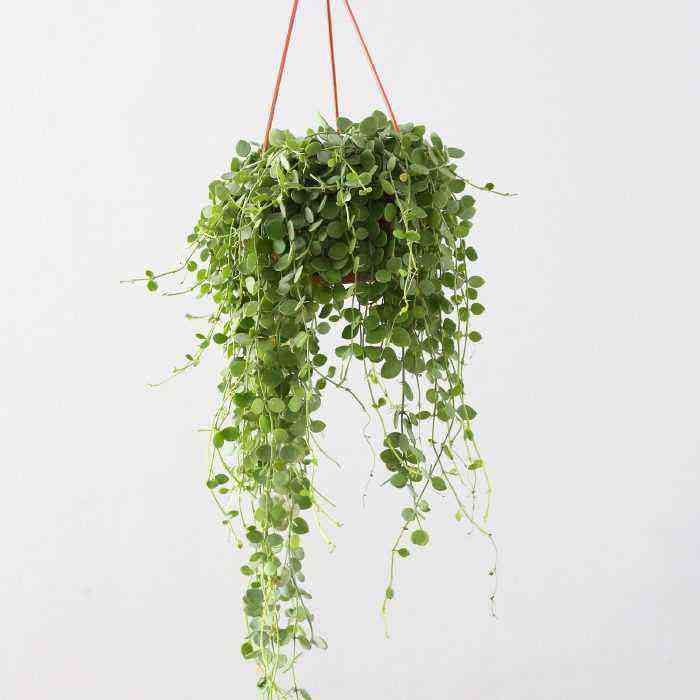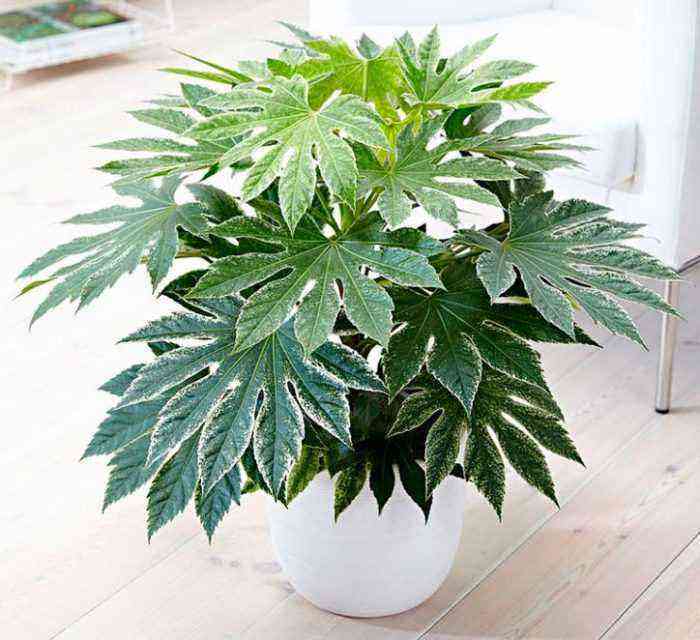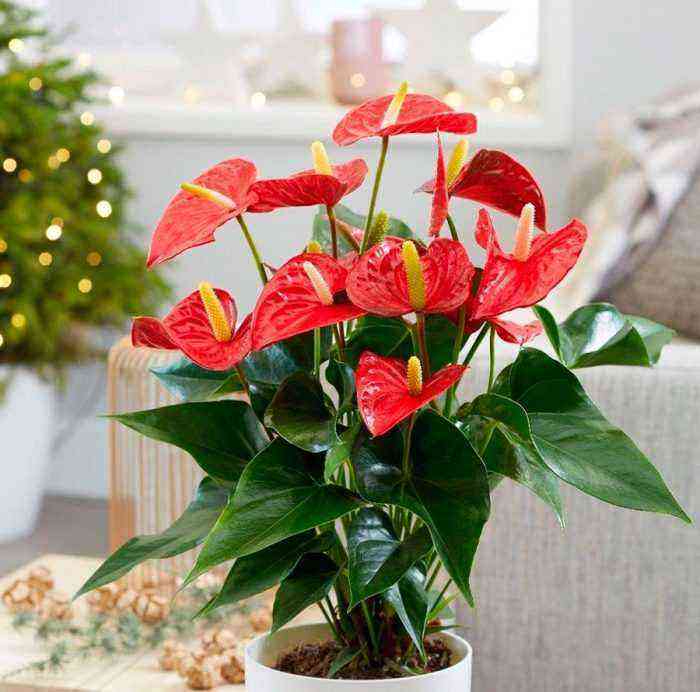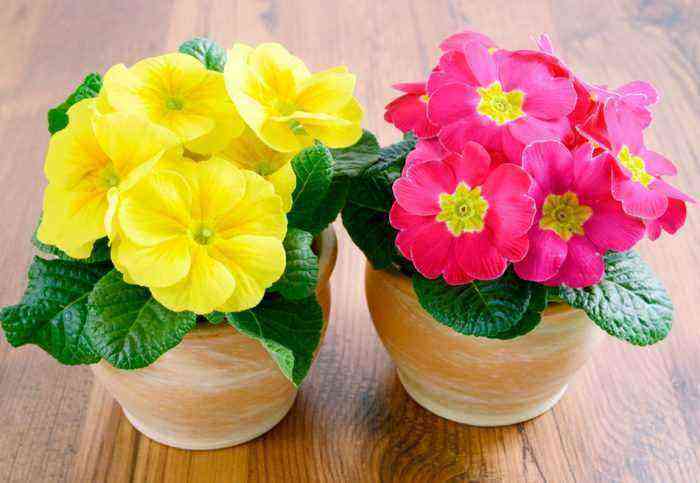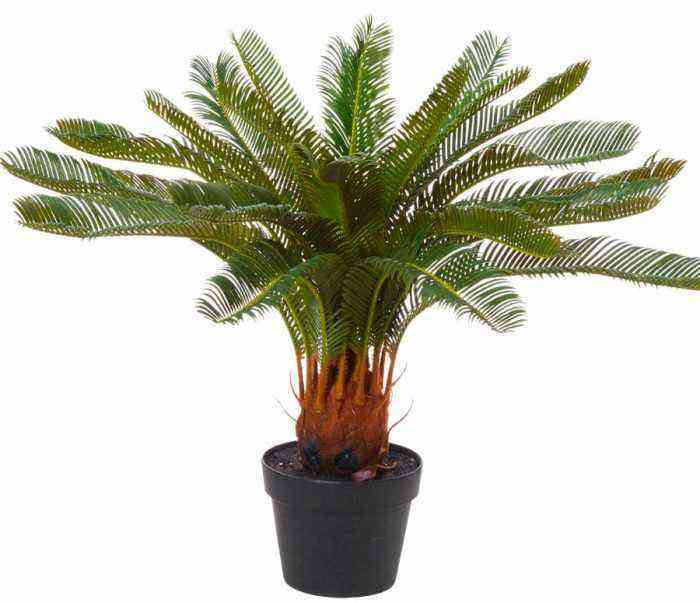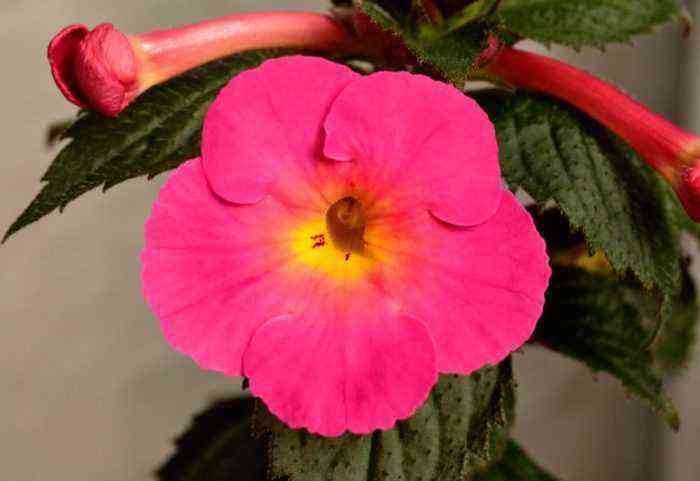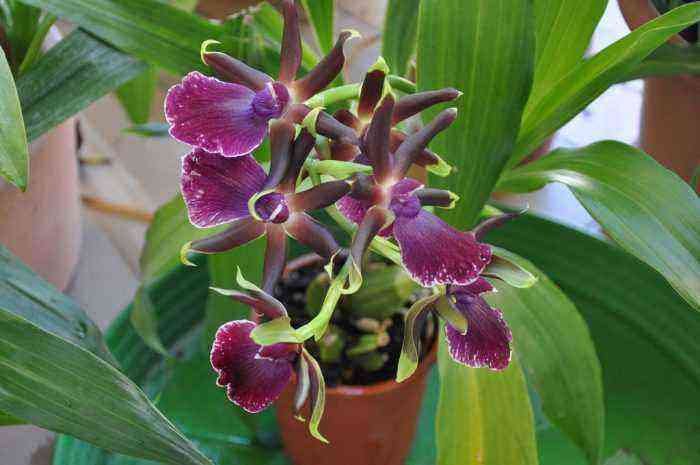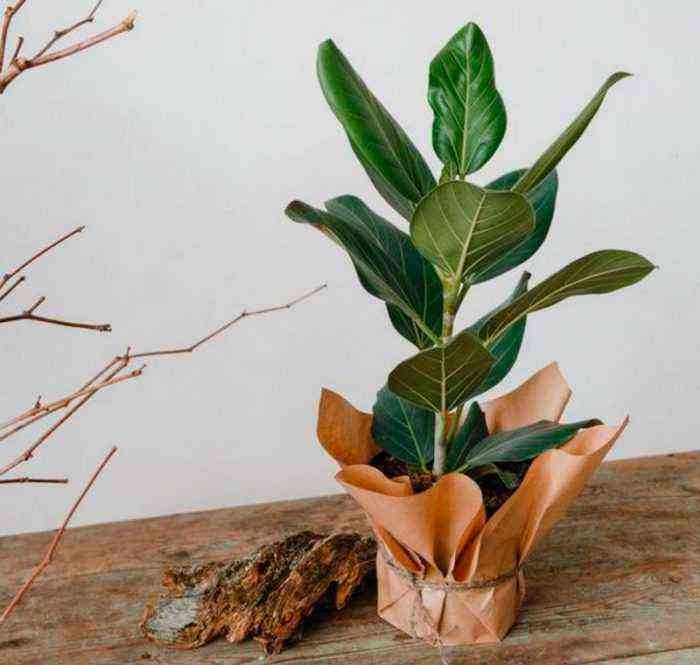Despite the fact that a tropical plant is like medinilla very demanding in care and quite capricious, all the same it is quite often possible to meet it, grown at home. And all because it has a very effective appearance. If you look at a flowering plant, then the first thing that you will notice is bright, unusually shaped striped bracts, painted pink. The shape of such a bract is similar to a boat, and its length is 10 centimeters.
Under the bracts there is a huge number of very small flowers that have a deep pink color. They are collected in a drooping inflorescence. Thirty centimeter leaves also look very impressive. Their greenish-gray color contrasts with the veins of a lighter shade.
This flower was named after Signor Medinilla – he was the governor of one of the colonies of Spain. In nature, it can be found in the tropical regions of Madagascar, as well as Africa. Therefore, in indoor conditions, the plant must be provided with appropriate care.
This genus includes several hundred species of plants. They are represented by lianas and shrubs. However, at home, as a rule, only one species is grown – the majestic or magnificent (Medinilla magnifica).
Although this plant is large enough, it is very delicate. So, it is able to throw off all the foliage and buds if it is often moved from place to place or by turning the pot. It is also interesting that this plant is semi-epiphytic.
How abundant flowering will be in the summer depends on the correct care of the medinilla during the winter dormant period. The fact is that at this time the laying of flower buds occurs. When the plant has faded, its experts advise to cut it very strongly.
Caring for medinilla at home
Temperature conditions
This plant is very fond of warmth. In summer, the recommended temperature for its content is from 20 to 25 degrees. In winter, you need to make sure that the room where the flower is located is not colder than 16 degrees.
Illumination
Light-loving plant. It is necessary to choose a place with bright lighting, but at the same time you should not allow direct sunlight to hit the foliage.
How to water
During the budding of the plant, it must be watered abundantly enough. At other times, watering should be reduced to moderate. Water only with soft water, which does not contain lime. In winter, you need to water less. So, at this time, watering is recommended only after the leaves lose their turgor a little (that is, they become not so elastic).
It is also recommended to moisten this flower once a day from a sprayer. For this, well-settled water is used, which should be at room temperature. It is necessary to moisturize exclusively the foliage, while you need to make sure that moisture does not get on the bracts, as well as flowers.
Earth mixture
Suitable soil should be slightly acidic and light enough. To prepare a suitable soil mixture, it is necessary to combine peat, humus and coarse sand, which should be taken in a 1: 2: 1 ratio. Don’t forget to make a good drainage layer at the bottom of the pot.
Fertilizer
You need to feed the plant only during the period of intensive growth. This procedure is carried out once every 1 weeks. Universal fertilizers for indoor plants are excellent for feeding.
Transplant Features
It is necessary to transplant medinilla annually in the spring. This procedure must be carried out before the active growth of the plant begins, as well as before the budding begins. So, experienced florists recommend replanting a flower immediately after wintering at the very beginning of the spring period.
Methods of reproduction
Most often, this plant is grown from seeds. However, sometimes cuttings left after the spring pruning of the bush are rooted. Rooting is recommended to be carried out in a mini-greenhouse, in which there must always be high air humidity and temperature (from 25 to 30 degrees). But you need to be prepared for the fact that such cuttings take root badly enough.
Pests and diseases
Mealybugs or spider mites can settle on the plant.
Medinilla is sick most often due to improper care:
- Drying foliage in winter – the room is too cold or too abundant watering. Increase the air temperature. Wait until the soil is dry before watering the plant.
- Drying foliage in the summer – high temperature and low air humidity. Try to keep the room temperature below 25 degrees. Spray the foliage frequently.
- Falling flowers and buds – due to cold drafts or as a result of moving the pot from place to place or turning it around its axis.
- Pale spots appeared on the surface of the foliage. – due to too bright light. Remove the plant in partial shade and provide shade from direct sunlight.
- Lack of flowering – maybe as a result of improper maintenance of the flower during the dormant period. It is very important to adhere to all the recommendations for caring for the medinilla at this time.

